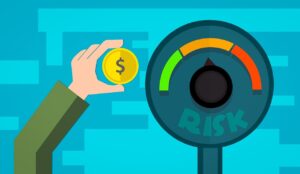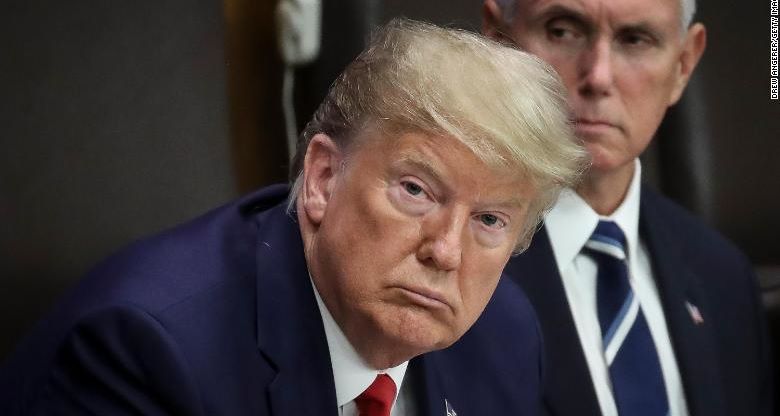Congress has a new retirement bill in the works. They’re calling it Secure 2.0 and it has a few transformational pieces to it that will change retirement saving and retirement income planning. Before we get too far into what this new bill looks like, let’s take a look at what the original Secure Act did.
Secure Act 1.0
The Secure Act was enacted on January 1, 2020, and was the largest retirement reform bill since the Pension Protection Act of 2006. The full title is Setting Every Community Up For Retirement Enhancement (SECURE). And it passed through Congress with a 417-3 vote.
The beginning age to which to start taking required minimum distributions (RMD) from retirement accounts (excluding Roth accounts) was moved from 70 ½ to 72.
People can make retirement contributions no matter what age, as long as they have earned income. The previous limit was 70 ½ when RMDs would begin.
Inherited IRAs (non-spouse beneficiaries) have to have the entire account withdrawn within 10 years of receiving it. This means that if someone passes away and their beneficiary is someone other than their spouse, that beneficiary needs to have the entire account withdrawn and closed within 10 years of receiving the inherited IRA. However, there are exceptions, including a surviving spouse, a minor child (the 10-year rule starts when a child reaches the age of majority), a disabled individual, a chronically ill individual, an individual who is not more than 10 years younger than the IRA owner.
Employees who work part-time, at least 500 hours per year, are now eligible to contribute to their employer-sponsored retirement plan.
Secure 2.0
What’s different with this new law?
For one, the vote passed 414-5. Not as lopsided as the previous one, but still an incredibly convincing tally. “Secure 2.0 is fundamentally designed to make it easier for people to save” – Susan Neely, American Council of Life Insurers President and CEO.
The catch-up contribution provision got a facelift. 401k account owners that are 50 and over are eligible to contribute up to $10,000 more than the maximum for those under 50.
The beginning age for required minimum distributions (RMD) also went up, from 72 to 75. The Yahoo Finance article noted that some reps took it a step further. “ My goal is to get rid of it completely.” – Representative Kevin Brady (R-TX).
The bill would also push employers to automatically enroll new employees into the company-sponsored retirement plan.
Small businesses that stare down the, sometimes, daunting expense of establishing and maintaining a company-sponsored retirement plan can receive assistance. They can receive credits for matching contributions.
One very progressive part of the bill that is sure to garner a lot of attention is the ability of people paying down student loans to save for retirement. The bill would allow employers to “match” a students’ loan payment as a retirement contribution. For example, if the student made a $100 student loan payment, the employer would contribute $100 to their retirement account on their behalf.
The bill introduces a SAVERS credit, which would give lower-income individuals a tax break if they save for retirement.
This is another transformative retirement bill. I’m very pleased society is taking steps to encourage individuals to plan and save for the future.
Related reading:
Ensuring Financial Security Throughout Retirement
5 Solutions for Managing Your Money After Retirement
401k Withdrawal Taxes and Penalties
Disclaimer:
**Securities offered through Securities America, Inc., Member FINRA/SIPC. Advisory services offered through Securities America Advisors, Inc. Securities America and its representatives do not provide tax or legal advice; therefore, it is important to coordinate with your tax or legal advisor regarding your specific situation. Please see the website for full disclosures: www.crgfinancialservices.com
My name is Jacob Sensiba and I am a Financial Advisor. My areas of expertise include, but are not limited to, retirement planning, budgets, and wealth management. Please feel free to contact me at: jacob@crgfinancialservices.com

